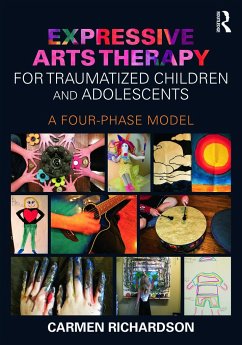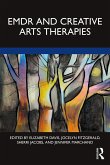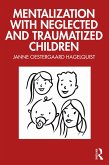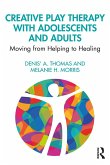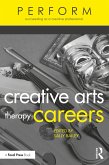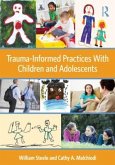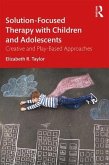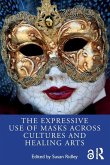Expressive Arts Therapy for Traumatized Children and Adolescents is the book so many expressive arts and trauma therapists have been waiting for. Not only does it lay out an organized, thorough framework for applying varied expressive arts modalities, it provides clear directions for the application of these modalities at different phases of treatment. Both beginning and experienced clinicians and students will appreciate the thoughtful analyses of ways for introducing expressive arts to clients, engaging clients with their art, being present to the art that is created, and working within a particular session structure that guides the treatment process. Readers will also receive more specific learning regarding the process of using body-focused and sensory-based language and skills in the process of trauma treatment over time. They'll pick up more than 60 priceless expressive-arts assessment and treatment interventions that are sure to serve them well for years to come. The appendices features these interventions as photocopiable handouts that will guide the therapist working with youth through each phase of treatment.
"A wealth of interventions can be used during this programme. I particularly like the Stop, Slow, Go cards within phase two that clients can select and show to the therapist if they sense their trauma being 'triggered', and the jigsaw pieces indicating different aspects of the client's trauma, which can be stored in decorated boxes until they are ready to work through them. I can see a use for them in several other therapeutic settings...this is a solid book with a wealth of useful information." - Eileen Wilson, Private Practice
"Richardson's text is both concrete and inspired. Her trauma-recovery program, evidence based and developmentally sound, skillfully reintegrates mind/body connection through process-oriented art making. Well done." - Elizabeth Graves, PhD, assistant professor, counselor educator, and director of the professional school counseling program at Appalachian State University
"The sensory experience is an integral aspect of storytelling that is missed in many therapeutic languages. This book illuminates how enriching therapy can be when memories are expressed not only verbally but also through images, sounds, and movement. Richardson captures the power of creative arts and how they can be utilized, especially when sharing can be challenging and painful. An invaluable resource not only because it has amazing examples of how to integrate the arts, but also as a way for the reader to instantly gain an entire portfolio of interventions!"- Cassandra F. Goodman, licensed professional clinical counselor and art therapist at Levine, Risen, and Associates
"Richardson's text is both concrete and inspired. Her trauma-recovery program, evidence based and developmentally sound, skillfully reintegrates mind/body connection through process-oriented art making. Well done." - Elizabeth Graves, PhD, assistant professor, counselor educator, and director of the professional school counseling program at Appalachian State University
"The sensory experience is an integral aspect of storytelling that is missed in many therapeutic languages. This book illuminates how enriching therapy can be when memories are expressed not only verbally but also through images, sounds, and movement. Richardson captures the power of creative arts and how they can be utilized, especially when sharing can be challenging and painful. An invaluable resource not only because it has amazing examples of how to integrate the arts, but also as a way for the reader to instantly gain an entire portfolio of interventions!"- Cassandra F. Goodman, licensed professional clinical counselor and art therapist at Levine, Risen, and Associates

